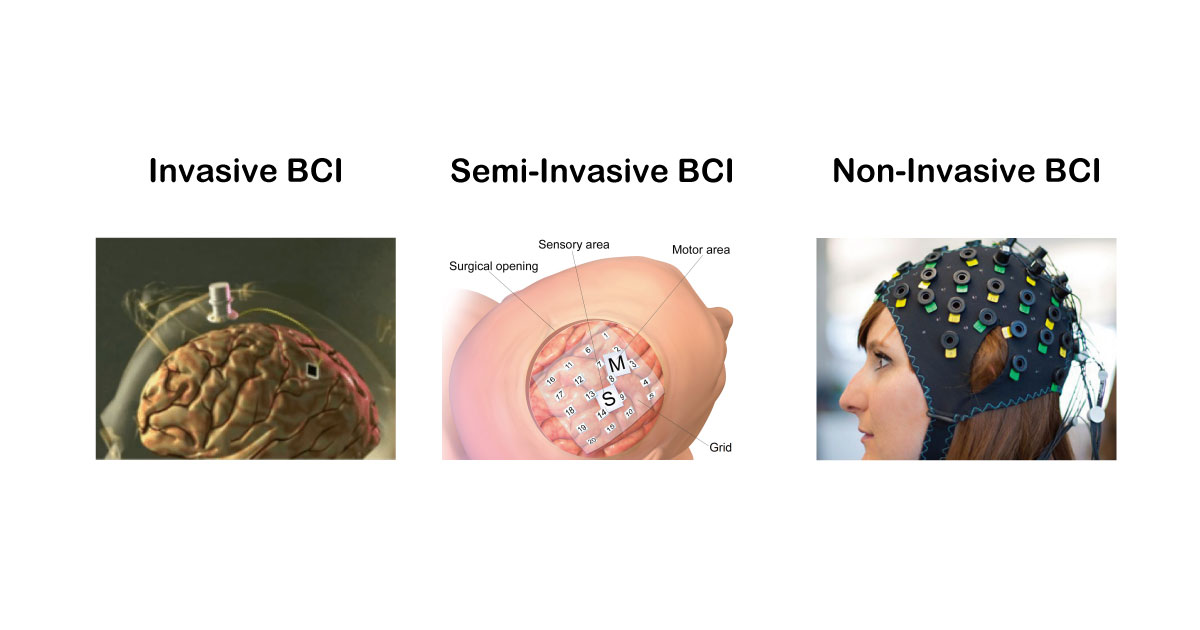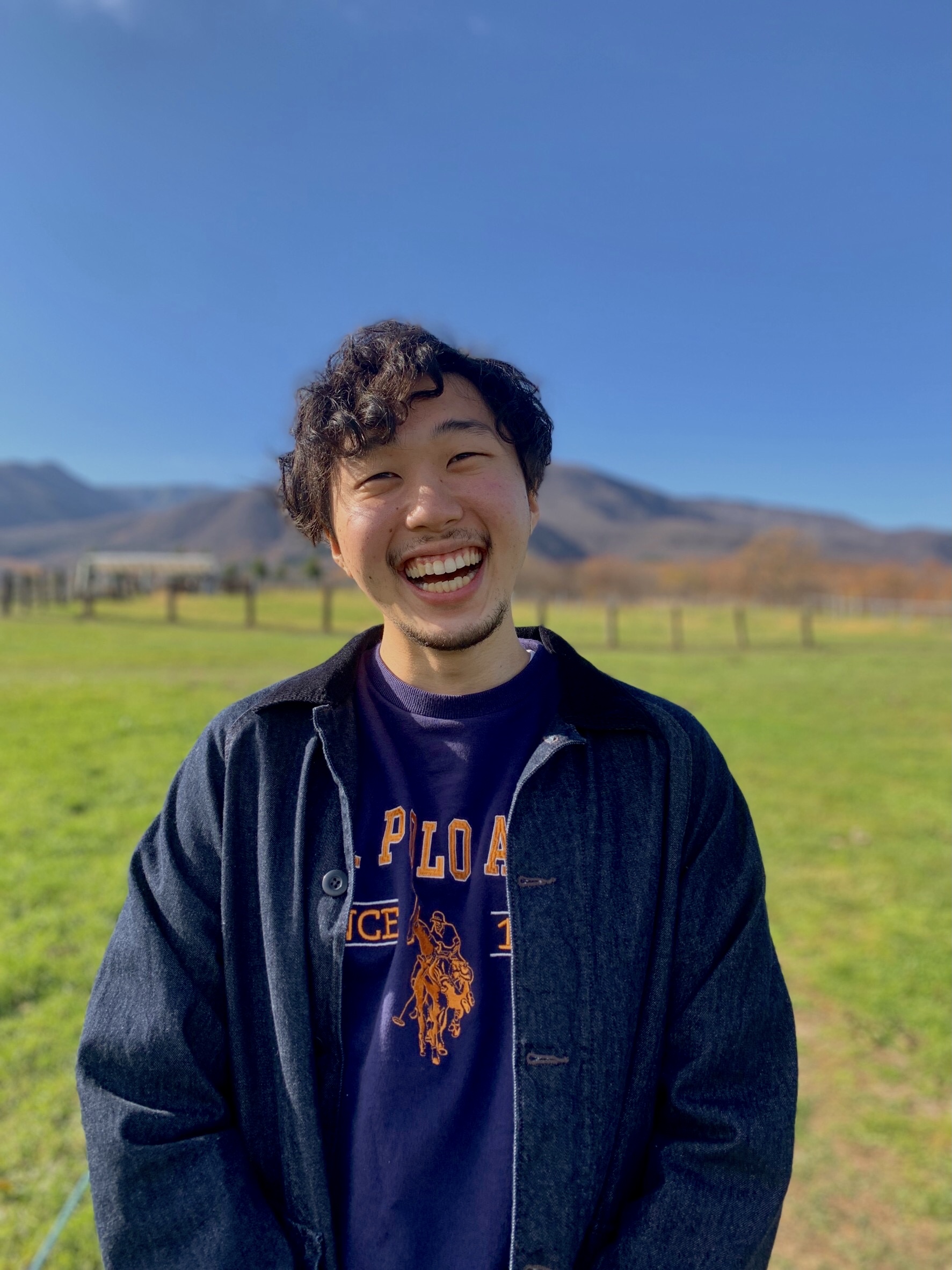
How can the brain — nothing more than a collection of neurons — contain consciousness?
We interviewed Dr. Masataka Watanabe of the University of Tokyo, who is tackling the mystery of consciousness through artificial consciousness, and asked him about his vision for the future of consciousness research.
A path to brain science opened by chance
Surprisingly, Dr. Watanabe's interest in neuroscience began after he graduated from undergraduate school.
When he was in high school, he was interested in theoretical physics such as the Grand Unified Theory, quantum mechanics, and relativity. He wanted to be involved in science where there are still fundamental problems in the theory. Dr. Watanabe graduated from the University of Tokyo's Faculty of Engineering as an undergraduate and went straight to graduate school there, where he was lucky enough to stumble into with Professor Kazuyuki Aihara's lab in the Department of Mathematics and Mathematical Engineering from M2, and worked on theoretical brain science for a while.
After that, the second neural network boom came to an end and the theoretical brain scientists of the same generation gradually moved in different directions, but he had a strong desire to do experiments, so he joined Shinsuke Shimojo at the California Institute of Technology. researchmap.jp/S_Shimojo) at Caltech. Dr. Watanabe had always had a complex about high-impact journals such as Nature and Science, and he had an illicit desire to learn the "Shimojo magic" in visual psychology and eliminate that complex.
At the Shimojo Lab, he witnessed research on visual consciousness, and became very interested in consciousness. After returning to Japan, Dr. Watanabe initially conducted experiments with non-invasive brain measurements such as fMRI, but became more and more convinced that invasive methods were necessary. He then decided to study under Nikos Logosis at the Max Planck Institute in Germany. Although the subject matter was different, he felt very fortunate to have found my way around to "consciousness," an "unsolved problem" that he had been scientifically interested in since high school.
What is Uploading Consciousness?
In his book "Brain Consciousness Machine Consciousness," Dr. Watanabe states that consciousness uploading is possible within the next 20 years.
Uploading consciousness means transplanting human consciousness into a machine and continuing to live inside the machine. The greatest advantage to realizing consciousness uploading is that it opens up the option for those who desire immortality and those who, for whatever reason, have not been able to live even if they wanted to; to continue living for as long as they wish, which has the potential to radically change the way humans live.
 Image of a world where consciousness is uploaded into a machine(Illustrator: Yogi Tomoko, quoted from MinD in a Device's HP)
Image of a world where consciousness is uploaded into a machine(Illustrator: Yogi Tomoko, quoted from MinD in a Device's HP)
If some of my assumptions are correct, it would not be surprising if the technology to upload human consciousness to a computer is put to practical use in 20 years. And it won't be by removing the brain from the skull, scanning it, and making a digital copy, as has been proposed so far. This would definitely kill the person who is trying to escape death.
He outlines the steps as follows:
First, we will take our time to connect the machine to the brain and create a state in which the consciousness is integrated as one. Next, we will use this to transfer the memories stored in the brain to the machine. Once we get to that point, we are done. Even if I have a stroke in the right hemisphere of my brain, my consciousness will continue in the left hemisphere of my brain, just as my biological brain will continue in the machine when it comes to an end. However, the realization in 20 years will be annotated with the condition that it will be possible only if various conditions are met. These conditions include progress in technological development and expansion of research facilities.
Technology required for uploading awareness
As a measure to upload consciousness, Dr. Watanabe proposes the process of connecting a machine hemisphere to the human brain hemisphere, integrating the consciousness of both hemispheres, and then transferring memories.
The machine is implanted with its own BMI, as if a knife were inserted into the corpus callosum, which connects the left and right hemispheres of the brain. This allows information to be read and written at the individual neuron level for all of the neural contacts that serve to integrate the consciousness that resides in each of the left and right hemispheres of the brain. We believe that the establishment of two-way brain-machine communication will enable the integration of the machine hemisphere's consciousness with the biological brain hemisphere.
 Masataka Watanabe, "From Biological to Artificial Consciousness" (Springer-Nature), 2022
Masataka Watanabe, "From Biological to Artificial Consciousness" (Springer-Nature), 2022
If you insert a BMI into the middle of the corpus callosum, you will cut the axons, and you may feel uneasy about that, but axons have regenerative ability. For example, they can stretch and connect to the original muscle by many centimeters even after a serious injury such as a complex fracture. By attaching IPS cells to the surface of the BMI, we plan to make them serve as targets for axonal regeneration and synapse formation. Unfortunately, the regenerative capacity of axons in the central nervous system is not high. Although this problem needs to be solved, it is an area where a large budget is being spent as a treatment for stroke. Dr. Watanabe believes that once it is actually solved, the realization of consciousness uploading will be accelerated at once.
“Yet Another Allen Institute" is the turning point.
What conditions must be met in the future in order to realize the uploading of consciousness that Dr. Watanabe has set forth? Dr. Watanabe mentioned the name of an institute as one of the conditions.
In order to realize the uploading of consciousness within 20 years, it is necessary to establish a research institute comparable in scale to the Allen Institute in the first 10 years or so, isn't it?
The Allen Institute is a neuroscience institute in Seattle. The founder is Paul Allen, co-founder of Microsoft, who donated $100 million to the institute.
If Kennedy had not announced the Apollo program, it would have been a dream for mankind to go to the moon in the 1960s. Because of the Apollo program, space technology, including rocket engines, has developed tremendously in just 10 years. Uploading consciousness 20 years later will require a research environment with a considerable sense of scale, not to mention the Apollo Project. Dr. Watanabe would like to realize a research institute on a scale comparable to the Allen Institute as soon as possible, in order to have an environment with a hundred researchers and staff, as well as the latest experimental equipment available. Of course, with the hope of reaching "cruising speed" as quickly as possible by starting small and steadily producing results. In such an environment, if we concentrate our resources on research of visual consciousness in monkeys for about 10 years, I think it is quite feasible to unify the consciousness of the machine hemisphere with that of the living brain hemisphere. Incidentally, this concept will not fit within the framework of conventional academia, and industry-academia collaboration will be essential. Related to this, in the process leading to the uploading of consciousness, it will be important to contribute to society by bringing medical application technologies for the treatment of brain diseases and dementia to the world.
What are the challenges to overcome for consciousness uploading?
BMI (Brain Machine) is one of the key technologies for consciousness uploading, which can be roughly classified into three types: invasive, semi-invasive and non-invasive.
 Type of BCI
Type of BCI
-
Invasive BMI: Implanting electrodes directly into the cerebral cortex to measure the activity of single neurons
-
Semi-Invasive BMI: Electrodes implanted only on the surface of the head (ECoG) to measure electrical activity generated from the cerebral cortex
-
Non-Invasive BMI: Sensors are placed on the scalp. Sensors are placed on the scalp to measure electrical potentials (EEG) and magnetic fields (MEG) generated by the brain
(https://www.neurotechjp.com/jp/blog/5-startups-invasive-bci/ | (Adapted from NeurotechJP blog, "5 Invasive BCI Startups")
While many non-invasive studies are being conducted due to psychological factors of subjects, Dr. Watanabe insists on invasive brain measurement.
The biggest problem with invasive methods is the transmission of pathogens. If a hole is drilled in the skull to connect it to the machine via a wire, the wound is left open, making it very easy for pathogens to invade.
If this is the case, it is far from suitable for long-term human application. For this reason, we are working to realize a "wireless subcutaneous seal" for BMI. By making the communication wireless and implanting it in the body along with a power source, we can ensure the same safety as in cardiac pacemakers and deep brain stimulation therapy used in the treatment of Parkinson's disease. Wireless subcutaneous sealing has already been realized in deep brain stimulation therapy because the number of channels required is small, and because the framework is dedicated to electrical stimulation, there is no need to read brain information and transmit it outside the body. On the other hand, Neuralink's intuition, on the other hand, is to perform neuron firing detection within a chip that is implanted in the cortex and aims to significantly compress the information on neuron activity read from multiple channels. In other words, they are devoting significant development resources to achieving wireless subcutaneous sealing.
What is consciousness uploading for?
What kind of changes will be brought to our world when the uploading of consciousness is realized? Since consciousness is extremely subjective, it is not easy to imagine, but where does Dr. Watanabe have his sights set on?
My motivation stems from the desire to elucidate what consciousness is. In this context, "uploading consciousness" is positioned as a byproduct of this process. The reason why it is a byproduct is because I believe that an analysis-by-synthesis approach using artificial consciousness is indispensable to elucidate the neural mechanism of consciousness. Experiments using biological brains will not lead to the final elucidation of consciousness because of their limited degrees of freedom. Humans have flying machines in their hands, but originally, based on numerous sketches left by Leonardo da Vinci, they actually built various forms of machines and learned that they could not fly, at least not by human power. He then turned his attention to the gliding form of large birds, and finally discovered that the curvature of the wings was the key to flight. From there, hydrodynamics was born, which eventually led to the Wright Brothers' powered flight. We believe that the science of consciousness must follow a similar process. In this case, the mechanism of consciousness will finally be clarified through repeated trial and error. The key here is to "actually fly the flying machine. We will need a way to test the consciousness of the finished machine. The "Turing Test" is a test to see if artificial intelligence has reached the level of human intelligence, but this does not work in the case of consciousness. Because of the possibility of the existence of "philosophical zombies," beings that look and act indistinguishable from humans but have no consciousness alone, it is impossible to determine whether or not they are conscious by objective methods such as stimulating them and observing their reactions, or examining their internal mechanisms.
What the world of Neurotech will be looking for in the future.
Finally, we asked what kind of human resources the world of Neurotech will need in the future.
Dr. Watanabe first expressed the importance of animal experiments.
First of all, we need to conduct animal experiments, so we will need electrophysiologists who can conduct experiments, both vivo and vitro. We will also need a theorist who can analyze the data obtained. I think it would be better to have each of them bring their specialized backgrounds and work together rather than having each of them have comprehensive skills. However, the person who acts as the brain to lead the research needs to have a bird's eye view of everything. Compared to other countries, I think Japan has an advantage in brain science. This is because there is hardly any other country that has such a full-fledged team of brain science researchers. Although China has been on the rise recently, I believe that Japan still has a strong presence in brain science.
Conclusion
In this issue, we asked Dr. Masataka Watanabe of the University of Tokyo about the prospects for research to elucidate consciousness, with a focus on the uploading of consciousness. He gave us valuable insights about how the uploading of consciousness itself is only a methodology, and that the goal is to elucidate consciousness, and that the establishment of a research institute outside academia will be the turning point in this process. We will continue to follow the future of consciousness research closely.


